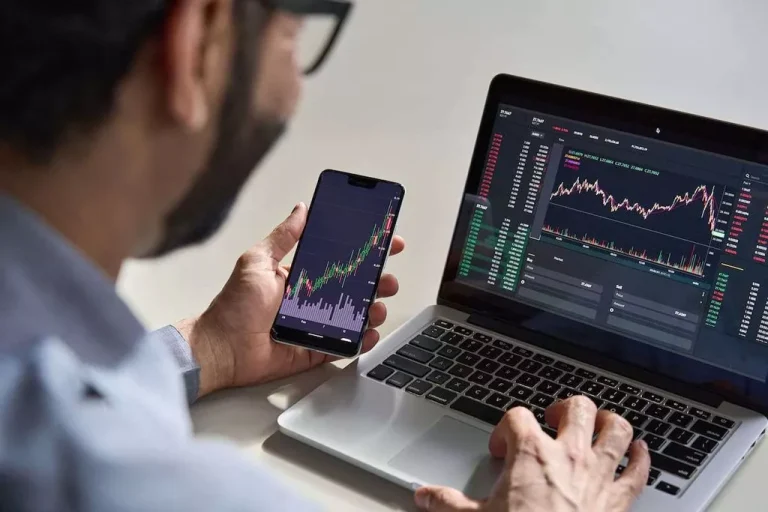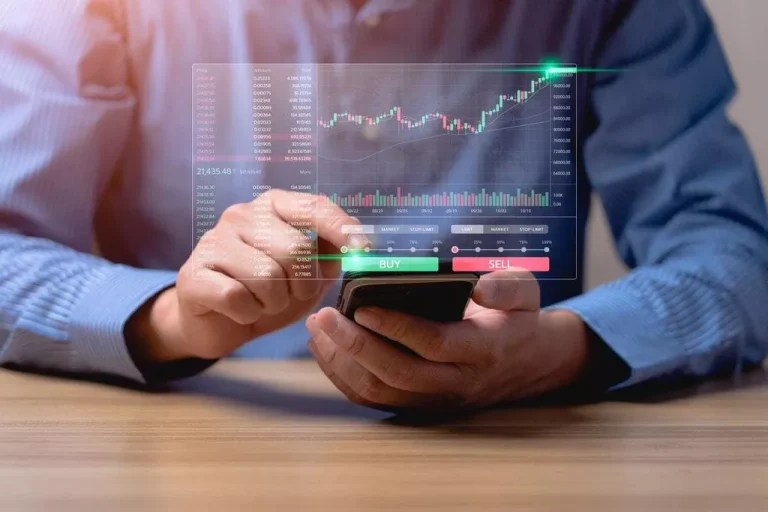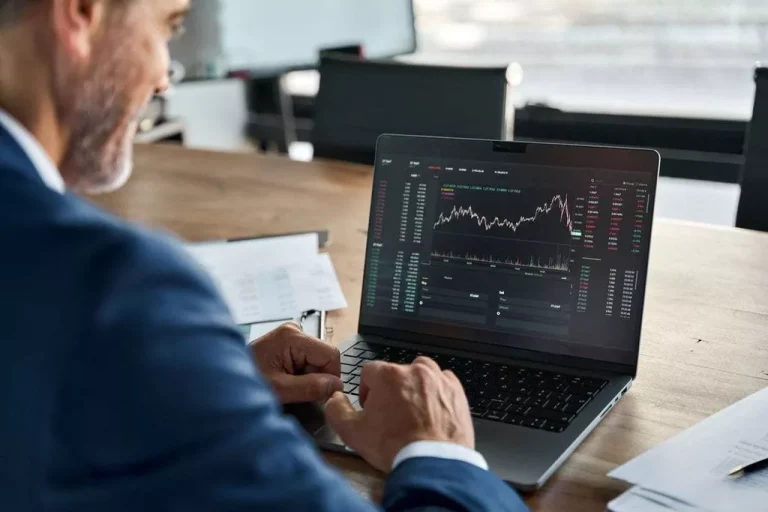Crypto burning is the method of removing cryptocurrency from the blockchain. This concept originated from traditional stock markets and is facilitated by smart contracts. When tokens are burned, it could increase the value of the asset and make it more attractive to buyers. As a half of the burning course of, developers or the community behind a project transfer the cryptocurrency to an address that’s inaccessible to anyone. This follow is employed to control the asset’s financial system, as part of a advertising strategy, or to uphold the asset’s value.
- When people promote these tokens to redeem the underlying belongings, the tokens are routinely burned.
- For instance, token holders involved with a revenue-generating enterprise, like a cryptocurrency trade, may receive benefits through the mechanism of coin burning.
- In March of 2023, the cryptocurrency community misplaced a one-of-a-kind asset in an accidental “burning” incident.
- Token burns also can incentivize existing customers to remain involved whereas attracting newcomers to the project.
- In this model, miners are required to burn early cash and mine new coins, making it tougher for early adopters to carry the cryptocurrency.
• By contrast, Bitcoin Cash (BCH) had a coin burn in 2018 that drove up the value quickly. And Stellar (XLM) held a one-time burn of 50% of its supply in November of 2019. This was with the express intent of limiting the number of cash and growing demand. This Article does not offer the purchase or sale of any monetary devices or associated services. Developers additionally burn tokens as a way to cover whales who hold giant parts of a cryptocurrency. Let’s say a developer launches a cryptocurrency with 1 billion tokens, keeps one hundred million, and instantly burns 600 million.
What Is Coin Burning?
With that mentioned, the important thing takeaway is that crypto burning tends to have a bullish impression on the value. When people promote these tokens to redeem the underlying assets, the tokens are mechanically burned. These tokens attempt to keep parity with the underlying property by balancing in opposition to reserve belongings held in custody. This balance is maintained by minting new tokens or burning them primarily based on the supply of reserve assets. For example, in 2021, Vitalik Buterin burned $6 billion of Shiba Inu (SHIB) tokens he had beforehand acquired as a gift. While SHIB has a loyal cadre of buyers, some query the merits of the SHIB coin burning.

This brings the chance that a burn occasion turns out to be dangerous to the project, and the action cannot simply be reversed. That’s why strategic planning and clear communication with the project community are crucial before committing. Some projects could use a token burn as a chance to market their providing by capitalizing on potential price motion for his or her token as quickly as the burn occurs. The anticipation of a token burn and resulting curiosity could entice engagement to the neighborhood, boosting sentiment amongst traders, developers, and different trade players. In some situations, developers may use the guise of a “burn” to covertly transfer cash to their own addresses, which raises issues about the transparency and integrity of the process. Despite the seemingly paradoxical nature of destroying coins and tokens, there are multiple compelling causes that make crypto burning a beautiful technique.
What Are Crypto Token Burns?
This is as a result of, as shortage increases, the tokens that stay have a more useful function to play in enabling transactions, staking, or other platform features. Imagine a scenario where the demand for a stablecoin will increase, resulting in its worth exceeding the meant dollar peg. Depending on the situation, it might mechanically create new tokens to lower the price, or conversely, burn tokens to increase the worth. Such changes are key to making sure that the value of the stablecoin remains consistently consistent with its established dollar peg, thus upholding its market stability. Burning is a key mechanism used by most stablecoins, wrapped tokens, and synthetic property (synths).
To encourage investors to participate in token burning, one technique they have adopted includes the use of a burn portal, launched in April 2022. The main perform of PoB is to prevent fraud by automating transaction verification. In a PoB system, miners must burn a few of their cash to facilitate the creation of latest blocks, which may appear counterproductive at first. However, these miners are compensated with new cash for efficiently verifying transactions in a brand new block.
History Of Crypto Burns
A blockchain is a document of a cryptocurrency’s transactions, and its consensus algorithm is the best way that it confirms transactions. The two hottest consensus algorithms are proof of work and proof of stake; proof of burn is a more moderen various. Developers can claim to burn tokens after they’re actually sending these tokens to a pockets they control. To keep away from this, it is important to do your research on the crypto you are investing in or persist with safer cryptocurrency stocks.
It holds all transaction-related data on blocks and people blocks act as the info storage items of the blockchain. A block is written only when the blockchain nodes agree on a set of transactions that the nodes contemplate valid. • In 2017, for example, Binance Coin (BNB) began its series of quarterly burns. BNB launched with 200,000,000 total supply, and will continue on its burn schedule until one hundred,000,000 coins are burned — or 50% of all BNB in circulation. And there have been several well-known coin burns, typically starting in 2017.
Promote Mining Stability
In these instances, customers are required to pay a small payment for his or her transactions. In some blockchain networks, it’s compulsory for miners or validators to burn the charges they gather for processing these transactions. This practice acts as a safeguard, substantially bolstering the safety and integrity of the community. Intriguingly, some cryptocurrencies require the burning of 1 kind of cryptocurrency to accumulate new tokens on their network. For instance, miners would possibly must destroy Bitcoin to obtain a special kind of coin.
This is achieved through the regular burning of cryptocurrency coins, which ensures a good stability between mining veterans and new members. Token burning contributes to sustaining a steadiness in mining by incentivizing new miners. In this model, miners are required to burn early coins and mine new coins what does it mean when crypto is burned, making it more durable for early adopters to hold the cryptocurrency. For instance, in a typical PoW network, such as Bitcoin, early adopters have an advantage over newcomers, as the halving occasion reduces the reward per block to cut the inflation rate.

Developers burn tokens for many reasons, together with to increase the value of the asset, create hype, and improve the business mannequin. By decreasing the supply of tokens in circulation, they will additionally assist to fight the results of inflation and make the market extra secure. On the one hand, it is a optimistic process to guard the network, preserve the stablecoin fee, curb inflation, and create shortage. On the opposite hand, there aren’t any ensures that the asset’s worth will enhance after burning, and burned assets are irreversibly misplaced. Buyback and burn packages are strategic initiatives taken by projects to extend the value and scarcity of their tokens. Some cryptocurrency projects conduct regular burn applications, where they buy tokens from customers on the open market and take them out of circulation.
The impression of token burning may differ relying on particular person transaction habits. The act of burning tokens might not at all times have a substantial influence on a cryptocurrency’s long-term worth. This limited influence can make the strategy less efficient than anticipated for worth control. PoB stands out for its adaptability, enabling networks to tailor incentives for miners. This versatility nurtures a sturdy degree of exercise within the network.
Also, the project has a burn portal, ShibBurn, which rewards customers with a novel token in change for burning their SHIB cash. In the primary 5 days after launch, holders burned 20 billion Shiba Inu tokens. Among the advantages, one can spotlight the emission management characteristic and the general administration of the asset’s economic system. This process can indeed assist cut back inflation and influence supply and demand, as seen in the case of buyback and burn. Additionally, burning can provide sure benefits to users, as seen in the Proof-of-Burn algorithm or marketing activities. A token burn is permanent — once the belongings are gone, they’re gone for good.
Furthermore, members in these ecosystems may profit from lowered blockchain transaction charges, making their crypto expertise even more cost-effective. Additionally, developers can create staking mechanisms where token burning will provide users with higher income or other advantages. Proof-of-Burn (PoB) is an algorithm that makes use of burning to assist computer systems (called “nodes”) reach consensus on a decentralized blockchain network. In this model, nodes validating transactions should burn a percentage of their coin holdings to have a chance to verify new blocks on the payment ledger and obtain rewards. Although PoB isn’t as mainstream because the Proof-of-Work (PoW) and Proof-of-Stake (PoS) consensus fashions, it combines components from these techniques in addition to its distinctive burning mechanism. While PoW blockchains like Bitcoin “show” their data by fixing advanced algorithms, PoB nodes “show” each transaction is valid by displaying they despatched a portion of cryptocurrency to a burn handle.

The tokens are despatched to a wallet handle that cannot be used for transactions other than receiving the cash. The tokens can no longer be used because the private keys to the coins are saved in an inaccessible wallet. One of the necessary thing instruments for regulating the amount of cryptocurrency in circulation has been the method of burning.
